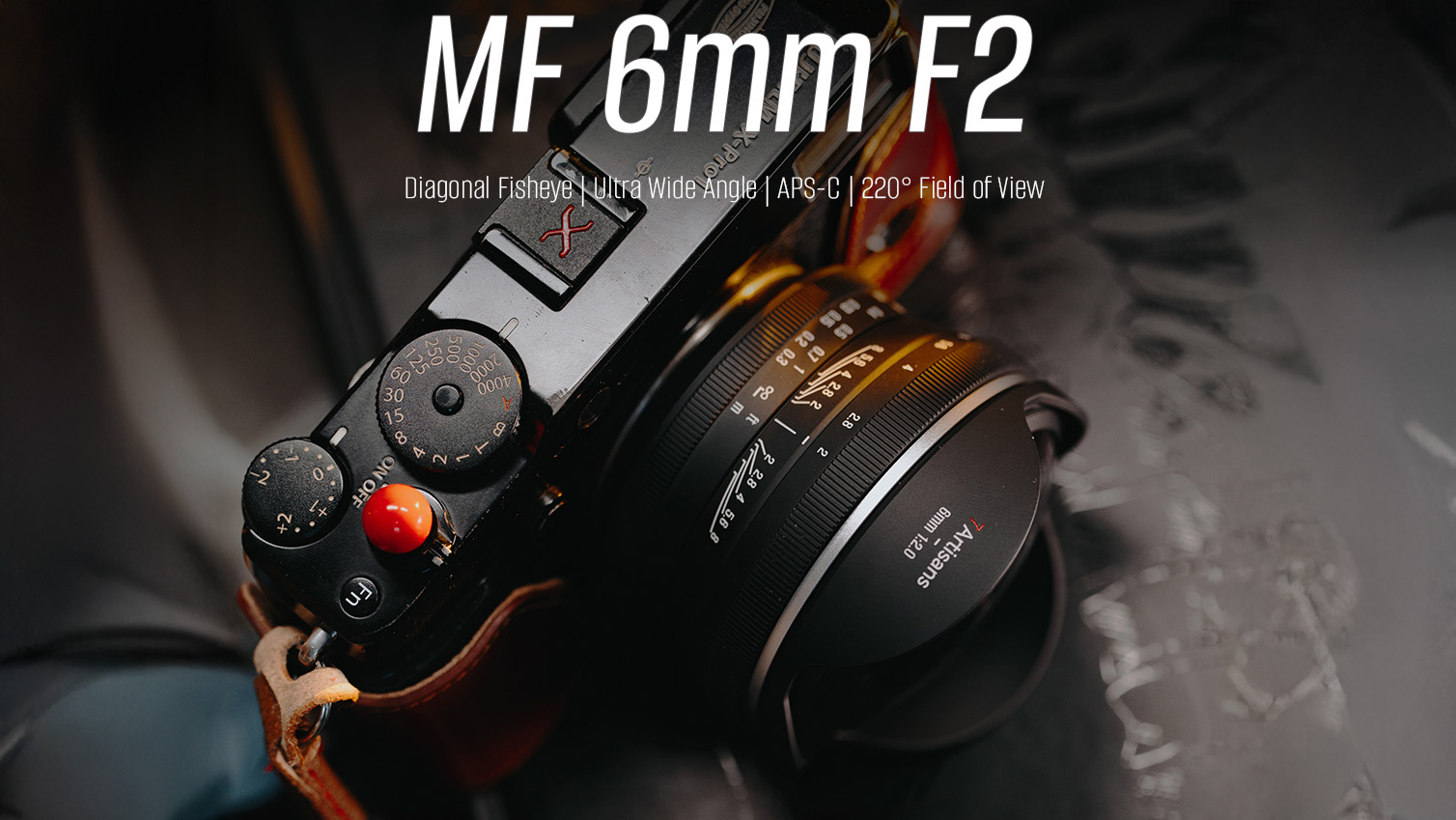Early Verdict
This is the third 35mm lens Fujifilm has made for its X-mount cameras, which might sound confusing, but each has its place. At first, this one might seem unnecessary because the regular XF35mm F2 is hardly expensive – but at the entry-level end of the market, its new low price could make a considerable difference to photographers just starting out and with a restricted budget. We hope we see a few more low-cost XC lenses like this one!
Pros
- +
Light weight and low cost
- +
Same optics as XF50mm f/2
- +
f/2 maximum aperture
Cons
- -
Plastic construction
- -
No weather seals
- -
No aperture ring
Why you can trust Digital Camera World
With the Fujinon XC35mm F2, Fujifilm has introduced the first low-price prime lens for its entry-level XA-series cameras and the new X-T200. The Fujinon XC35mm F2 offers the equivalent of a 50mm focal length in full frame camera terms, and a fast f/2 maximum aperture.
Fujifilm already makes an XF35mm f/2 version of this lens, but the XC model will be half the price and is designed to tempt newcomers into trying new lenses.
A low cost lens like this one might not be one of the best Fujifilm lenses for experts, but it's a great second lens for anyone who has bought an entry-level Fujifilm model like the X-A5, X-A7 or the new Fujifilm X-T200.
Specifications
Mount: Fujifilm X
Lens construction: 9 elements in 6 groups
Angle of view: 44.2 degrees
Diaphragm blades: 9
Minimum aperture: f/16
Minimum focusing distance: 0.35m
Maximum magnification ratio: 0.14x
Filter size: 43mm
Dimensions: 58.4x46.5mm
Weight: 130g

Key features
The Fujinon XC35mm F2 doesn’t just share the same specifications as the XF50mm F2, it shares the same optical construction. This means it should equal the more expensive lens for image quality but will weight and cost a good deal less.
These savings have been made by cutting back on the construction costs. The body of the XC35mm F2 is plastic, as is the mounting plate where it attaches to the camera. Fujifilm says this is not simply to reduce cost, but to reduce the weight too.
Unlike the XV version, this lens does not have an aperture control ring, and it’s not weather sealed either. This is unlikely to matter too much to novices, who will be able to expand their lens system with a good quality optic at a relatively low cost.
The best camera deals, reviews, product advice, and unmissable photography news, direct to your inbox!
This lens would make an ideal companion to the XC15-45mm kit lens sold with Fujifilm’s cheaper X-mount cameras. It gives better low-light shooting and stronger background defocusing wide open than you can get with the regular kit zoom. It does not have in-built image stabilization, however.

Build and handling
The plastic construction does stand out straight away, especially if you’ve ever used Fujifilm’s more expensive XF lenses. But it also feels extremely light, and you could put it in a coat pocket or even a trouser pocket and hardly know it’s there.
The lack of an aperture ring means the exterior of this lens is as plain as can be, but that does mean it also looks quite smart. The only control is the focus ring, though it’s likely most novice users will stick to autofocus, at least to start with.


Performance
We were only about to try a pre-production sample of this lens, so the final performance may change. Even so, we found it focused very well and the images we captured look sharp and distortion free, and as good as the specifications and shared optical design with the XF35mm F2 would lead us to expect.
We’ll wait until we can run a production sample through our lab tests before we reach a definite conclusion, but the signs are that this modest-looking and affordable lens will actually perform very well.
Early verdict
This is the third 35mm lens Fujifilm has made for its X-mount cameras, which might sound confusing, but each has its place. At first, this one might seem unnecessary because the regular XF35mm F2 is hardly expensive – but at the entry-level end of the market, its new low price could make a considerable difference to photographers just starting out and with a restricted budget. We hope we see a few more low-cost XC lenses like this one!
• Preorder the Fujinon XC35mm F2 at B&H Photo
• Preorder the Fujinon XC35mm F2 at Wex Photo
Read more:
• These are the best Fujifilm lenses right now
• We pick the best Fujifilm cameras to buy
• Just starting out? These are the best cameras for beginners

Rod is an independent photography journalist and editor, and a long-standing Digital Camera World contributor, having previously worked as DCW's Group Reviews editor. Before that he has been technique editor on N-Photo, Head of Testing for the photography division and Camera Channel editor on TechRadar, as well as contributing to many other publications. He has been writing about photography technique, photo editing and digital cameras since they first appeared, and before that began his career writing about film photography. He has used and reviewed practically every interchangeable lens camera launched in the past 20 years, from entry-level DSLRs to medium format cameras, together with lenses, tripods, gimbals, light meters, camera bags and more. Rod has his own camera gear blog at fotovolo.com but also writes about photo-editing applications and techniques at lifeafterphotoshop.com

